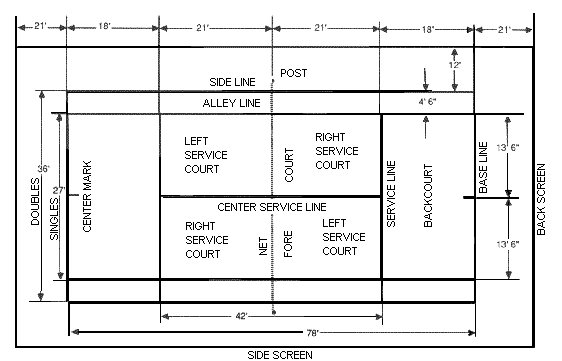(Gavin Ritz 2011.08.31.9.34NZT)
[From Rick Marken
(2011.08.29.1630)]
Gavin Ritz (2011.08.28.11.29NZT)
Rick Marken (2011.08.28.0920)—
GR: can you please give
me a diagram for your model. I would really appreciate that. I think it’s
a very important model, because this is no different to an economic relationship,
between two people.
RM: I attached it to the earlier post but here
it is again.
GR: Thank you.
GR: What I don’t understand is this.
How come there is only one controlled
variable and one disturbance for both players.
That’s because the controlled variable is each
player’s perceptual
signal. The variable labelled cv is actually an
environmental
variable, qi, the position of the ball. Since
the perceptual signal
for each player was equivalent to qi in the simulation
(a physical
impossibility), I called qi the cv, which is
misleading.
I have changed the simulation a bit to make the
distinction between
controlled variable and environmental variable clear.
The new
simulation is attached. The main change is that I have
labelled ball
position – the environmental variable – qi. Each
player controls a
different perceptual function of qi.
I have assumed that the players are perceiving the
visual angle made
by the ball as it travels towards or away from them.
The angle is
computed as the arc tangent of the tangent of the
ball’s optical
position. It’s assumed that the ball moves in a
straight line 4 ft
above the ground toward the player (no gravity) and
that each player
stands 12 yards from the net on opposite sides of the
court. So the
tangent of the ball’s position relative to player F is
4/(12-qi),where
4 is the length of the opposite and 12-qi the length
of the adjacent
side of the right triangle with the player at
the the point where
adjacent and hypotenuse meet. The tangent of the
ball’s position
relative to palyer S is 4/(-12-qi); the difference is only
in the
field location of each player; F is at position 12; S
is at position
-12. So the controlled variables are the arc
tangents of the two
tangents (the perceptual functions for these cvs are
shown in the
spreadsheet, where C16 is the location of variable
qi).
So each player controls a different controlled
variable but both are
functions of the same environmental variable (qi,
representing ball
position). The cv for player F is
pF= cvF = ATAN(4/(12-qi))
and the cv for player S is
pS= cvS = ATAN(4/(-12-qi))
There is one disturbance that influences the one
environmental
variable. The disturbance can be thought of as a
randomly changing
wind that affects the position of the ball independent
of the actions
of the two players (control systems).
The reference values for each player have been changed
to reflect the
fact that the variable being controlled is an angle
(in radians, so
it’s range is from 1 to 2 pi). The reference for
player F is for a
small positive angle, which will send the ball deep
into player S’s
territory; the reference for player S is also for a
small angle but
the negative sign means that if this perception were
achieved it would
put the ball deep into player F’s territory.
The simulation is still unrealistic because it assumes
that both
players have simultaneous effects on the ball; more
like (American)
football than tennis with qi being the line of
scrimmage and the
outputs being the force exerted in opposite directions
by the linemen.
But if there is any serious interest I might write a
program (in
Visual Basic in Excel, which would leave those of you
with certain
versions of Excel – I think it’s 2007 out) where the
players take
alternate hits at the ball.
GR: If this is the case then the
integrity of the control system seems to break
down.
The “integrity” of the control systems in
the original simulation was
just fine, in the sense that both systems were
controlling; only the
conflict prevented these systems from reaching their
goals
(references). The main problem with the original
simulation was that
it assumed that both systems perceived the environment
in exactly the
same way, so they were both controlling exactly the
same variable.
That is unrealistic but not incorrect control system
design; the
systems controlled.
RSM
···
–
Richard S. Marken PhD
rsmarken@gmail.com
www.mindreadings.com
